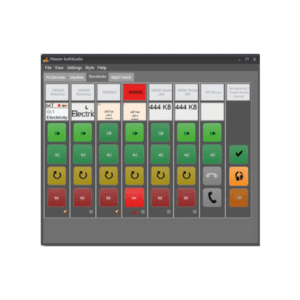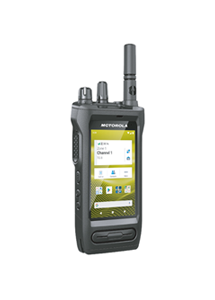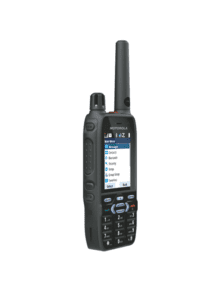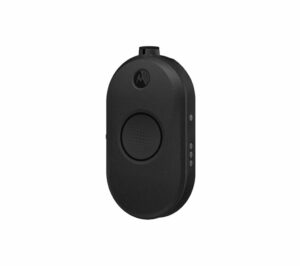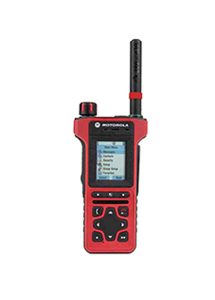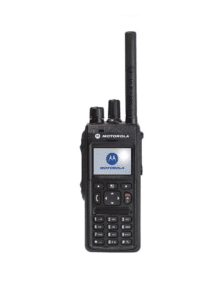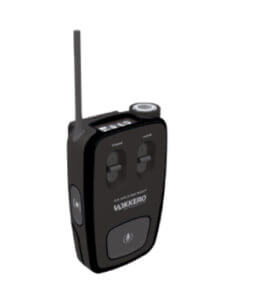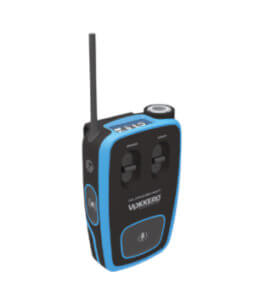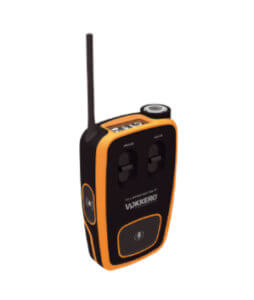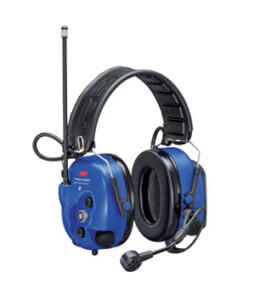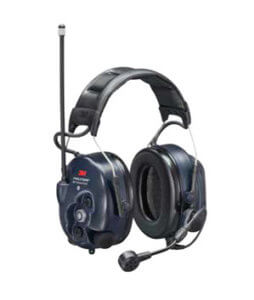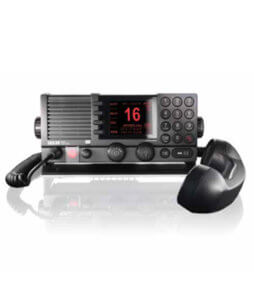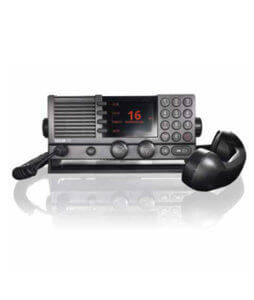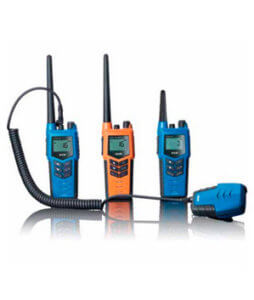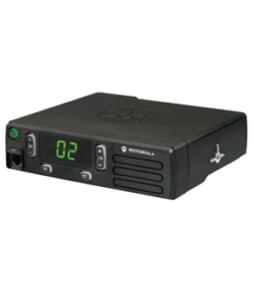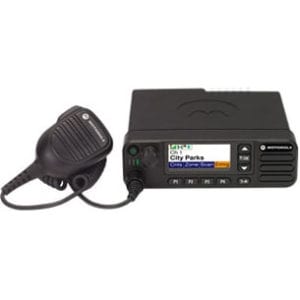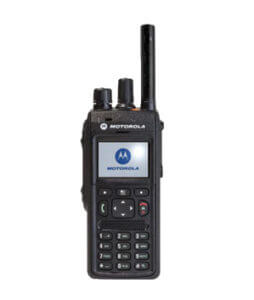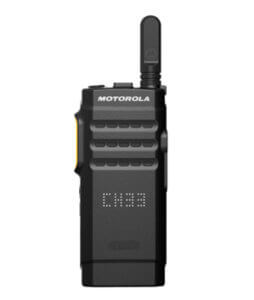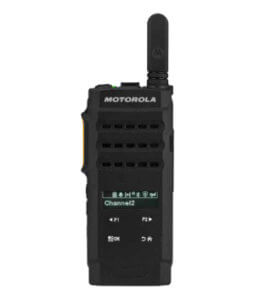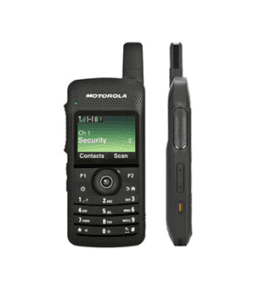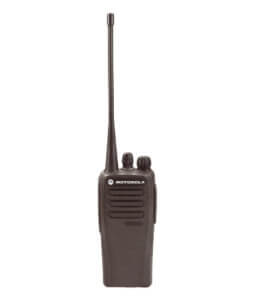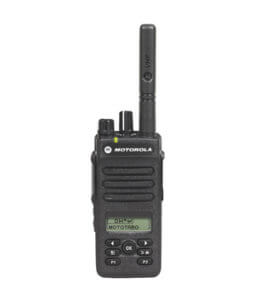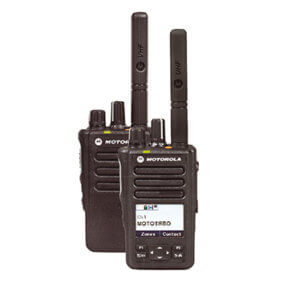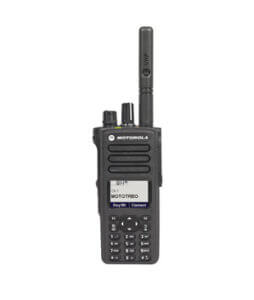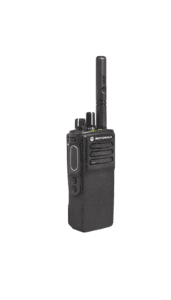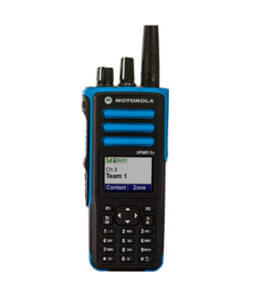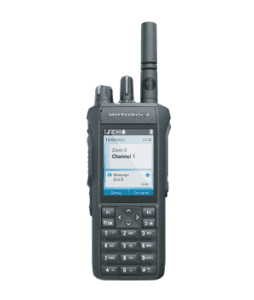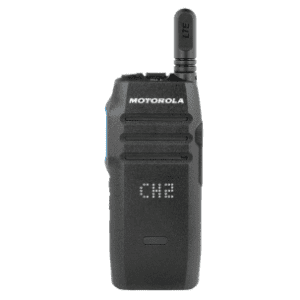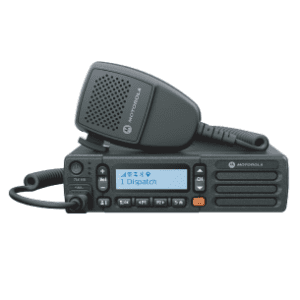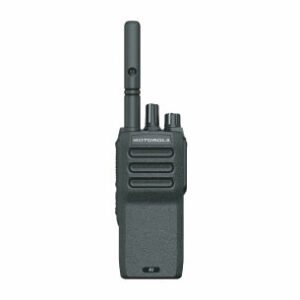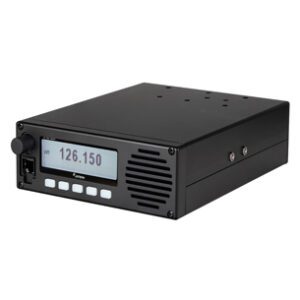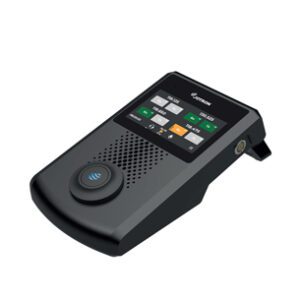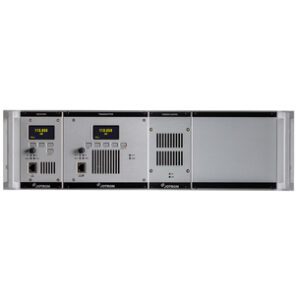TR-7750C VHF Coastal Radio
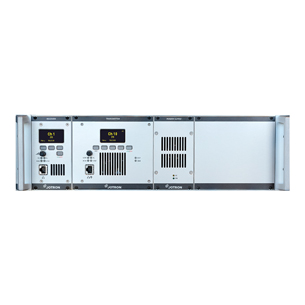
Jotron 7000C series VHF
Coastal radio – coast to ship communication
The VHF Coastal radio is for coastal stations and offshore installations requiring high quality FM voice and digital selective calling (DSC). The radio is intended for use primarily as a coastal station providing communication between coast and ships. Jotron radios have a worldwide reputation for outstanding performance in harsh environmental conditions. The mechanical design of the transceiver is based on the well proven Jotron 7000 series.
THE BASIC PACKAGE INCLUDES
- Transceiver
- Kettle Lead
(UK or EU depending on request) - Subrack
- PSU
For a full range of accessories call us on +44 (0) 1224 775717
CONTACT USFEATURES
- Flexible and modular
- Innovative technology
- Analogue and VoIP (ED-137) interface
- Remote or local operation
- Covers 156-174MHz as standard, options of 146-162MHz.
- Option of 100W output power, up from the standard 50W.
Complete solution using LAN only
The coastal radios are equipped with an industry–standard set of protocols communicating through a Local Area Network. This feature may be used extensively, and the radios are designed with a LAN-only option in mind.
VoIP
The radios stream audio according to the EuroCAE ED137 standard for Voice over IP (VoIP). This transfers voice data to/from the radios using the network connection only, hence the traditional E and M interface may remain disconnected in this case. At the same time, the network may be used concurrently for radio parameter setup and surveillance.
SNMP
An implementation of the Simple Network Management Protocol (SNMP) is running inside the radio. Each radio works as an independent SNMP-agent, and may be managed by either a freely available MIB-browser or by Jotron Remote Access Control System. Due to the fact that SNMP is a standard protocol, customer specific implementations are made easy. The MIB file will be made accessible upon request.
Complete BITE System
Built In Test Equipment (BITE) will monitor the internal status of the radio continuously. If a parameter is outside its legal range, an alarm condition will be reported in several ways. LED’s and dedicated hardware lines are set to reflect the error condition, in addition to generating SNMP traps for alarm reports to the remote system.
Additional features
Audio Line Interface
The coastal radio is designed with an analogue interface for the voice communication by using 4 wire E and M within the frequency range of 300-3400 Hz.
Inband squelch and keying
At radio sites where the number of interfacing lines are limited, inband features will make installations easier. The inband filters are sharp, narrow notch filters generated dynamically according to the parameters set. The transmitter has programmable inband frequency and detection level for keying. No residual inband tones will be present in the final RF signal. The receiver has programmable output frequency and output level for squelch operation. By using this option the audio line interface might be limited to 4 wires only.
Built-in DSC modem
The coastal radio has a built-in modem for Digital Selective Calling (DSC) operation. This modem interfaces to remote system on TCP/IP. Upon receipt of a valid DSC frame on the TCP/IP interface, the radio will generate the DSC message on air according to DSC specification. If network operation is not desired, the traditional E and M interface may be used to deliver already modulated DSC messages on the audio lines.
Remote operation using RS232 or RS485
The radios may be controlled using RS232 and/or RS485 as well. The same functionality as given through the SNMP protocol is available. Protocol document is available upon request.
On-site operation
The radios may be fully controlled on-site using the display, buttons and encoder. BITE measurements may be read out as well. Supervisors may restrict the access-levels of the radio to prevent unintentional setting of parameters.
Security features
- Jotron is ISO 27001 certified
- Modular design to enhance security and isolation (layered structure)
- Secure software coding practices to mitigate vulnerabilities (Static code analysis, threat modelling, penetration testing)
- Protection against Denial of Service (DoS) attacks
- Radio Security Hardening with Secure Mode
- Role-based access control and authentication
- Secure monitoring through Simple Network Management Protocol Version 3 (SNMPv3)
- Encrypted communication and storage protection
- Firewall enabled
- Audit trails, alarms, event logs and backups.

